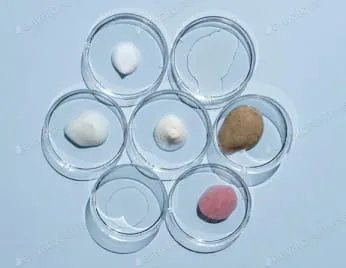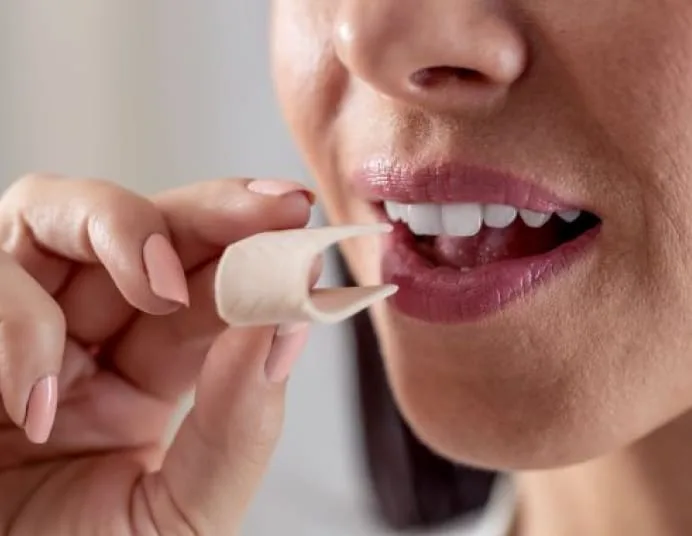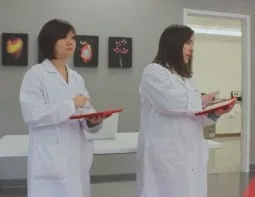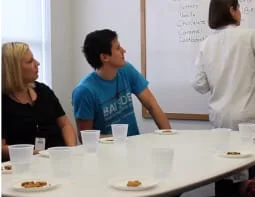Members of the Compusense team will be travelling to the beautiful city of Gothenburg, Sweden to attend the 11th Pangborn Sensory Science Symposium from August 23-27, 2015. We are excited to announce that Compusense staff will be presenting a total of six posters, in addition to being co-autors of several other presentations related to collaborate research projects. See details below.
Compusense will also be an exhibitor and sponsor of the Symposium. Attendees are invited to visit the Compusense booth to chat, experience the software firsthand, and learn what exciting things are to come with Compusense.
If you have any questions about the research to be presented, or about Compusesne’s involvement with the 2015 Pangborn Symposium, please contact us at info@compusense.com.
POSTER SESSIONS
Does a change in data capture method affect sensory descriptive analysis results?
C. M. Fisher, S. K. King*, J. C. Castura, & C.J. Findlay
Immediate feedback training for difference from control panels
D. Gill‡, J. Mclean‡, S.K. King*, C.J. Findlay, & J.C. Castura
‡ Diageo North America, Plainfield, IL, USA
Using Temporal Check-All-That-Apply (TCATA) to understand the relationship among hedonic, emotion and sensory attributes
J.C. Castura*, S.C. King‡, Q. Li‡, & D. Serrano‡
‡ McCormick & Company, Inc., Hunt Valley, MD, USA
Investigating preference and discrimination via tetradic preference testing: a comparison with placebo preference testing and triadic preference testing
A. Lam, S.K. King, C.J. Findlay, & J.C. Castura*
Similarity-to-Ideal and Degree-of-Difference: A New Consumer Test Procedure
J.C. Castura, S.K. King, & C.J. Findlay*
Best practice recommendations for attribute order in Check-All-That-Apply (CATA) and related test methodologies
J.C. Castura* & M. Meyners‡
‡ Procter & Gamble Service GmbH, Germany
Temporal check-all-that-apply characterization of wine finish
A.K. Baker*‡, J.C. Castura, & C.F. Ross‡
‡ Washington State University, Pullman, WA, USA
Dynamic sensory characterization of complex products: Do TDS and TCATA tell the same story?
L. Antúnez*‡, B. Coste§, A. Picallo§, A. Giménez‡, M. Beresford†, S.R. Jaeger†, J.C. Castura, G. Ares‡
‡ Universidad de la República, Uruguay
§ Universidad de Buenos Aires, Argentina
† The New Zealand Institiute for Plant & Food Research, New Zealand















